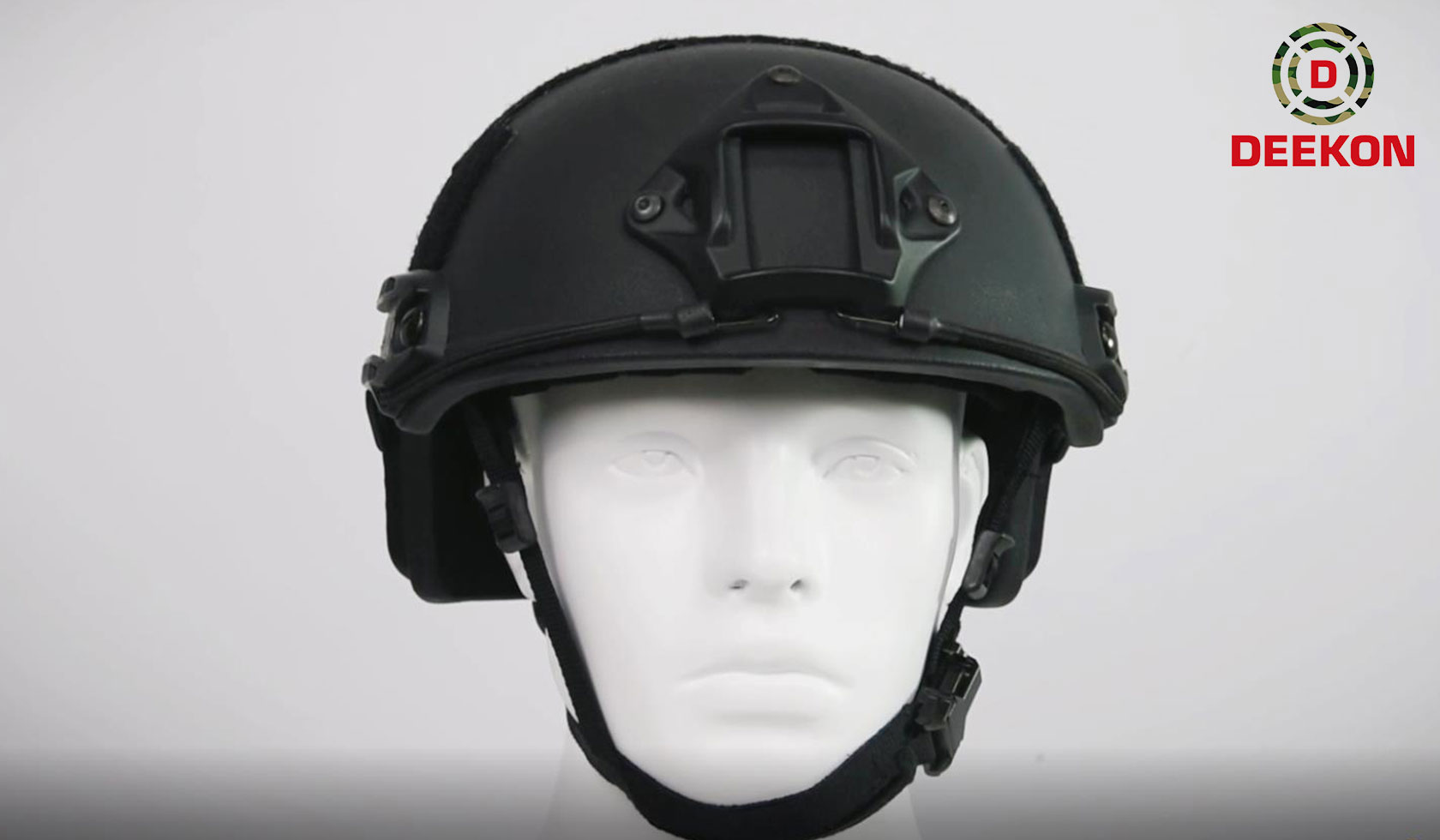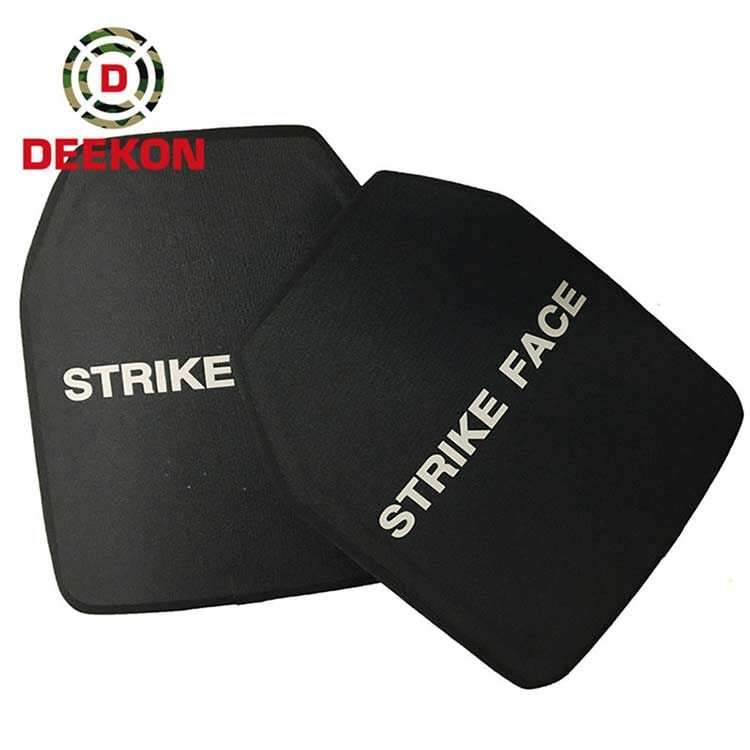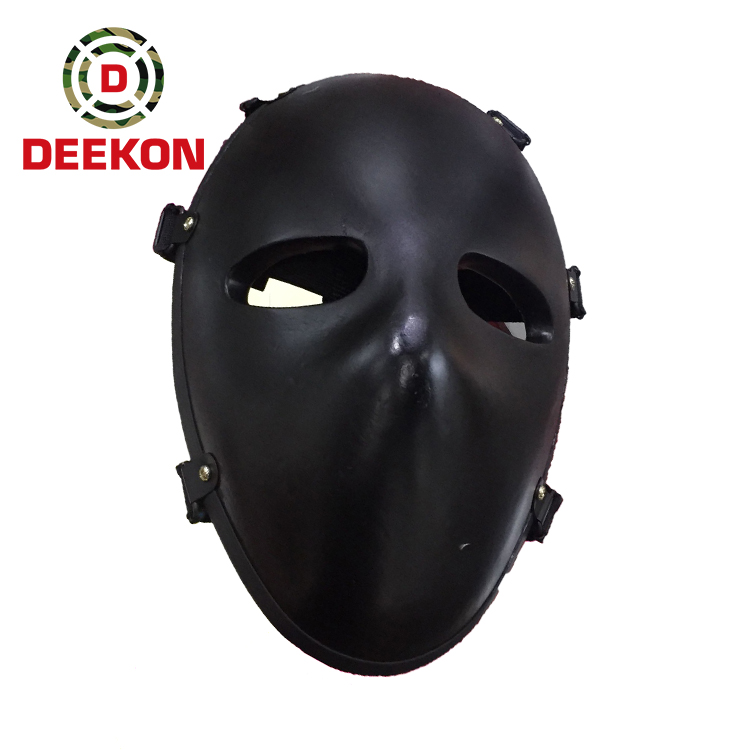Base Layer
Home ~ Products ~ Base Layer
Moisture-Wicking Layer (Base Layer)
The Foundation of Performance
The moisture-wicking layer, which serves as the base layer in the “three-layer clothing system,” is the layer that comes into direct contact with the skin. It can be categorized into several core product types. The most common and high-performing option is synthetic fiber underwear, primarily made from polyester and nylon. These fabrics achieve quick-drying functionality through specialized weaving structures.
In addition, there are blended material base layers, which typically combine synthetic fibers with a small amount of wool or spandex to balance comfort, elasticity, and performance.
It is important to note that pure cotton underwear is strictly excluded from the category of ski base layers because cotton absorbs moisture and dries extremely slowly, which rapidly draws heat away from the body and poses a risk of hypothermia.
Core Product Features of Moisture-Wicking Layers
The defining features of base layers form the foundation of their superior performance.
First and foremost, they offer excellent moisture management. These fabrics do not absorb water; instead, through capillary action and their hydrophobic properties, they draw sweat and moisture away from the skin’s surface to the outer layer of the fabric, keeping the skin dry.
Secondly, they possess quick-drying properties — once the body stops sweating or enters a warmer environment, moisture evaporates from the outer surface, preventing the discomfort of damp, cold clothing clinging to the body.
Thirdly, high-quality base layers provide great elasticity and fit, often achieved through 3D tailoring or the inclusion of spandex, ensuring unrestricted movement during dynamic sports such as skiing.
Core Function of Moisture-Wicking Layers in the Clothing System
In the skiing apparel system, the moisture-wicking layer functions as a “dynamic climate regulator”, playing a crucial role.
Its primary function is to keep the skin dry by quickly removing sweat, thereby preventing the chilling effect caused by sweat evaporation — a key factor in maintaining stable core body temperature.
Secondly, it provides basic thermal support. It’s important to clarify that the base layer does not provide warmth through thickness; instead, it maintains thermal efficiency by keeping the skin dry. A dry skin surface allows the insulating mid-layer (such as fleece) to trap air effectively and deliver optimal warmth. Conversely, if the base layer becomes damp, even the best insulation will lose much of its effectiveness.
Therefore, the base layer’s role is protective and foundational, serving as the essential prerequisite for the efficient functioning of the entire three-layer system.
Application Scenarios and Use Cases
The application of moisture-wicking layers is closely tied to moderate- to high-intensity outdoor activities.
Their most prominent and classic use is in skiing — whether alpine, snowboarding, or cross-country skiing. Skiers experience wide fluctuations in body temperature, from standing still in cold conditions to sweating during intense activity, and the base layer is essential to manage these changes.
Beyond skiing, base layers are also widely used in other winter outdoor activities, such as snow hiking, mountaineering, and ice climbing — any scenario where perspiration occurs in cold environments.
Furthermore, in transitional seasons like spring and autumn, during activities such as hiking or cycling — where temperature differences can be significant — base layers remain the preferred next-to-skin wear for maintaining optimal moisture balance.
In summary, whenever an activity involves both body heat and sweat generation alongside exposure to cold conditions, a professional moisture-wicking layer is an indispensable piece of close-fitting gear.






